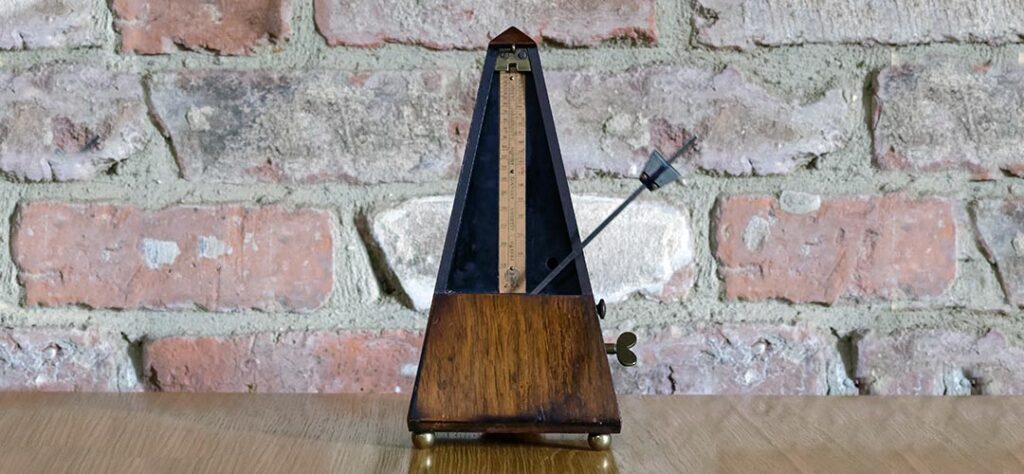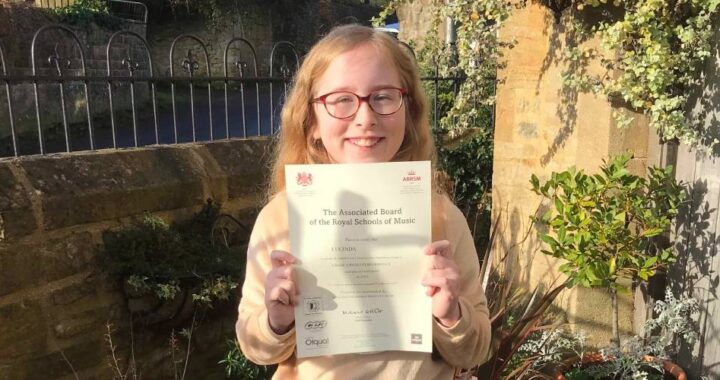
So, you’ve been working on a piece for some time and can play it all the way through, but you find there are still some annoying mistakes or sections you struggle to play fluently. In this post, I look at 12 ways to practise perfecting your pieces ready for performance.
1. Don’t practise mistakes
We play a piece through and make a slip. We then have another go, hoping we’ll get it right this time, but the mistake occurs again, so we try again… Before we know it we’ve practised playing the mistake perhaps 3 or 4 times! If a mistake should occur, we must practise that small section to ensure it’s correct.
2. Define the problem
Avoid just going over a section again and again without working out specifically what has gone wrong. Was the error caused by the wrong fingering? Is there an awkward leap in that bar which causes a problem? Knowing exactly what led to the mistake enables us to work on it in the right way to achieve accuracy.
3. Practise in different ways
If a mistake keeps happening, it may be that we are not using the right technique to practise that section. Try lots of different ways of practising, such as working on the section slowly, hands separately, using a metronome, playing with different rhythms… Experiment with various techniques to overcome technical difficulties and see which ones work for you.
4. Ensure fingering is consistent
If we use different fingers each time we play a section, there is no pattern for us to memorise and this will result in the music feeling unreliable. When starting a new piece, always work out the best fingering first.
5. Start your practise at different places in the piece
Often we can become really confident with the beginning of a piece but less so with sections further on. Starting in different places is great for ensuring the middle and ending of pieces are as secure as the beginning. Remember, often the trickier sections are not at the beginning!
6. Practise at different speeds
Even if you can play a piece at the allegro tempo it is marked at, it’s still useful to practise slowly. It can actually feel more difficult to practise at a steadier tempo, but it’s a great way of gaining security in our playing and ensuring any slips don’t go unnoticed.
7. Always practise with concentration
If we are not fully concentrating when practising, we may not notice a mistake or be less inclined to spend the time working on errors. Try to practise at a time of day when you feel alert. Aim not to have any distractions, and if you find yourself losing concentration, have a break and come back to the piece later.
8. Bring out all the expression
The expression is as important as the notes and rhythms. Think about the character of the music and ensure your playing portrays it. You may find as you focus on the expression some of the technical challenges take care of themselves.
9. Aim to play from memory
Even if you don’t memorise the whole piece, or choose to have the sheet music in front of you as a prompt, it’s still a great idea to at least learn some of the work from memory. It will help you to be more confident when performing.
10. Play on different pianos
It can take a while to settle when performing on an instrument we are not used, so it’s always worth taking time to practise on different pianos when possible.
11. Record yourself
Using a recording device is an excellent way of practising. We can practise playing all the way through a piece as if performing, and we can listen back and use this to work on any areas in the piece which need improvement.
12. Practise performing
It can almost become a habit to stop if there is an error when performing, especially if we have been doing this in our practise to work on mistakes. Therefore, sometimes practise playing a piece all the way through and keeping going even if a slip does occur. Remember, most of the time your audience won’t even notice the mistake!
I hope these tips are useful in your practising. Do leave a comment below and let me know your thoughts.
Also, sign up to my mailing list to be kept up to date with the latest posts on this blog.
Subscribe
Subscribe to the mailing list to receive updates on new blog posts.



